There’s no denying how much a lush, vibrant lawn improves the aesthetic appeal of your home. If you want to keep your lawn green for the seasons ahead, it’s crucial to put in the time and effort to seed your lawn. Here’s some simple do’s and don’ts to seeding your yard properly, and making the garden of your dreams a reality.
Do: Choose the Right Type of Grass
Choosing the appropriate grass is the first step to ensuring a green lawn for months to come. Remember, different species of grass thrive in different climates.
Cool-season grasses grow exceptionally well in the fall, spring, frigid cold winters and even moderate summers. If you live in the Midwest or Northeast, grass varieties such as Kentucky bluegrass, fine fescue, tall fescue, and perennial ryegrass are best suited for your lawn. However, cool season grasses will grow slowly during the summer season.
Do: Consider Your Geography
If you’re living in the Bible Belt or the Southwest, try seeding warm-season grass. Warm-season grasses such as Bahia, common Bermuda, and Centipede thrive in the scorching sun and high temperatures. These grasses grow the quickest when temperatures are between 75-90°F.
If you’re in the middle of the country, choosing the perfect grass can be difficult. While cool-season grasses struggle in the summer heat, warm-season grasses are often prone to winter damage. Therefore, it’s best to seed a mix of warm and cool grasses to balance your yard. If you want to stick to one grass species, tall fescue is a popular choice, as it’s tolerant to all temperatures and stays green most of the year.
Don’t: Seed Out of Season
Grass growth occurs in seasonal cycles, so planting too early or too late may lead to undesirable results. Grass seeds also require specific environmental conditions to survive their dormancy. Long story short,you should schedule your seeding projects with your grasses’ growth season.
In practice, fall is the best time to plant most grasses. Fall typically brings more precipitation and reduces the need for extra watering on your part. A combination of warm soil, moderate daytime temperatures, and cool evenings provide ideal planting conditions.
Do: Overseed Your Yard
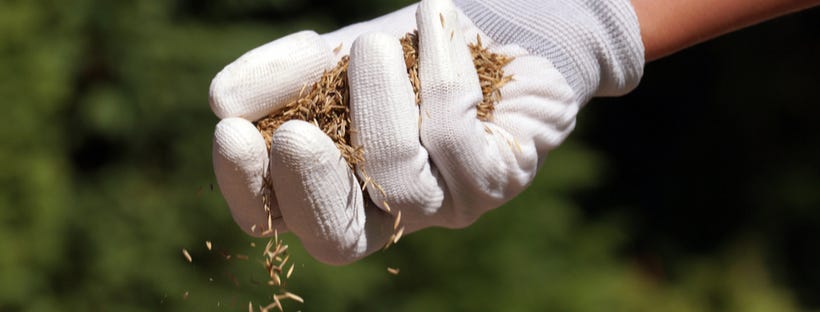
Overseeding, or seeing over existing grass, injects new life into tired and thinning grass. Overseeding fills in brown patches, and areas damaged by pets and pests, with a fresh batch of seeds.
A densely planted lawn also reduces run-off and soil loss. Nearly all lawns require overseeding every one to two years. This keeps new and virile grass growing in your lawn. If you need to overseed, use broadcast seeding techniques or try out a slice seeder, a machine that mechanically places seeds deep in the soil.
Do: Mow Your Grass
Mowing is one of the most important steps to maintaining a healthy turf. Proper mowing not only heightens turfgrass density, but also promotes deep root growth. Turf with high density and deep roots is resilient to weeds and the elements.
Before you mow your lawn, make sure that your grass is longer than needed. If you cut your grass too short, you put its root system at risk. Grass with shallow roots can’t soak up the nutrients and water it needs to make for a healthy lawn.
Don’t: Overwater
An over-watered lawn is an unhealthy lawn. Overwatering causes run-offs and waterlogging, which suffocates the grass and washes away the nutrients necessary for its growth. Overwatering can cause your grass to develop shallow roots, making your yard more susceptible to weeds, diseases, insect damage, and heat stress. A clear indicator of overwatering is the sudden presence of mushrooms across your lawn.
Do: Get to Know the Basics of Watering
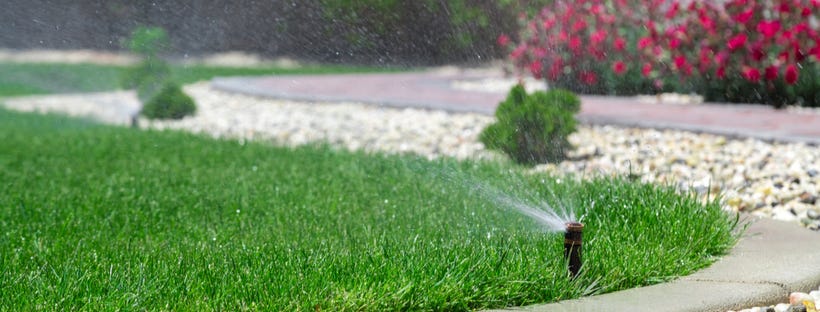
- Water your yard heavily but infrequently – much like how natural rainfall soaks the yard.
- Only use enough water to soak the soil 5 inches deep.
- For convenience and ease, use an automatic sprinkler system.
- Water twice a week for approximately 30 minutes to supplement rainfall during the hot summer months.
- Make sure to adjust your watering schedule for rainstorms. Don’t water the lawn before, after, or (if you’re so bold) during a storm.
- If you’ve overwatered your yard and have a mushroom problem, make sure to keep dog crates and outdoor furniture fully covered with custom covers. This will keep any potentially hazardous toxins from rubbing off, keeping kids and pets safe.
Do: Fertilize Your Lawn
If you want a lush, green lawn, make sure your grass is fed with the right amount of quality fertilizer. Fertilizer not only helps replenish the soil with nutrients necessary for grass growth, but also offers resistance against weeds, insects, and diseases. To keep your existing lawn looking its best year-round, write out a fertilizer plan that meets your yard’s ever-changing seasonal needs. Consider using a spreader to distribute your fertilizer evenly, keeping your whole lawn lush without sparse, under-grown patches.
As a rule of thumb, early spring and fall are the ideal times to add fertilizers. This is when the lawn begins to green up and respond best to the nutrients it receives. Fertilizing at this time also helps replenish soil nutrients while avoiding harsh winter conditions. Make sure to feed your lawn four to six weeks before the first freeze.
Don’t: Overuse Lime
A lime application will raise the pH of the soil, which can improve growing conditions for your lawn. However, excessive amounts of lime will increase soil alkalinity, causing iron deficiency in the grass. This makes your lawn look yellow and patchy.
To avoid an excessive application of lime, take a soil sample from your yard and submit it for testing. A soil test helps you assess the right pH of the soil and the nutritional needs of the grass, including the recommended amount of lime supplement. Most turfgrass varieties grow best when the soil pH is around 6.5.
Don’t: Forget to Aerate
Foot traffic from family and pets compacts your soil, leaving your grass vulnerable to diseases and insects. So take the time to aerate your soil before seeding and adding fertilizers.
Aeration helps oxidize the soil, along with allowing the roots to grow deeper. Deep roots will take in more nutrients, along with improving drainage and reducing the risk of fungal disease. Moreover, aeration prevents dry patches in summer and excess mud in wet seasons, such as winter and spring.
Do: Get Rid of Weeds
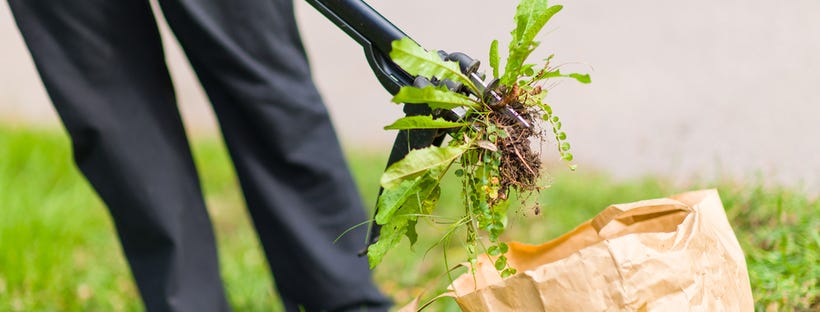
Weeds will mar the health and aesthetics of your lawn, so it’s best to get them out of the way fast. Since nonselective herbicides are harmful to all plantlife, use custom tarps to protect your garden and other precious plants.
Use the right weed treatment. Preemergence herbicides kill germinating weeds before their seedlings break through the soil, while post-emergence herbicides kill existing weeds that are actively growing. To destroy all types of weeds in your yard, spray a nonselective systemic herbicide, like glyphosate.
Don’t: Always Use Pesticides
If you feel as if pesticides are harmful to alternative vegetation in your yard, you can always reconsider the necessity of them. It may take a little elbow grease but weeding by hand is easy.
- If you are keen on clearing an overgrown yard without herbicides, hand weeding is the best defense. This is best for small lawns where the number of weeds isn’t overwhelming.
- When you finish weeding, don’t forget to reseed. Otherwise, new weeds will sprout in the bare spots. If it’s not a good time for reseeding, cover bare spots with custom tarps to prevent the weeds from returning.
- You can also get rid of the weeds by covering them with mulch. A layer of mulch prevents sunlight from reaching the weeds, suppressing their growth.






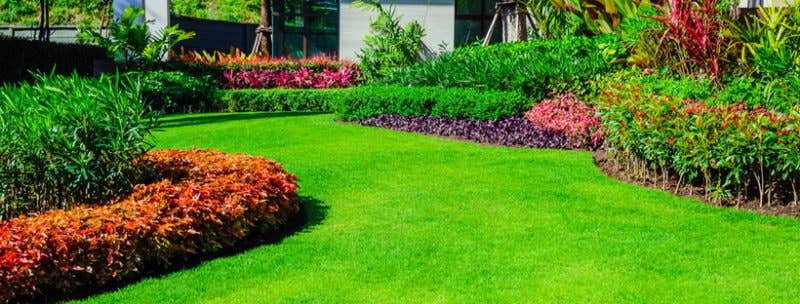




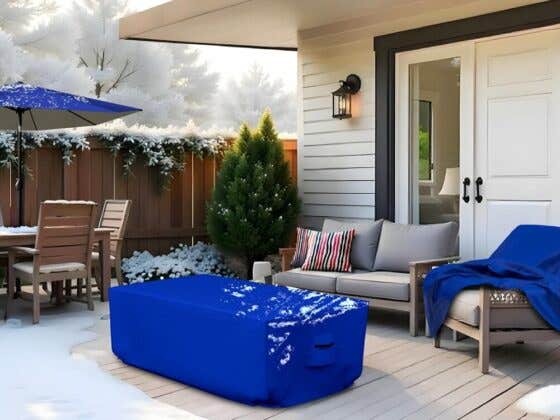


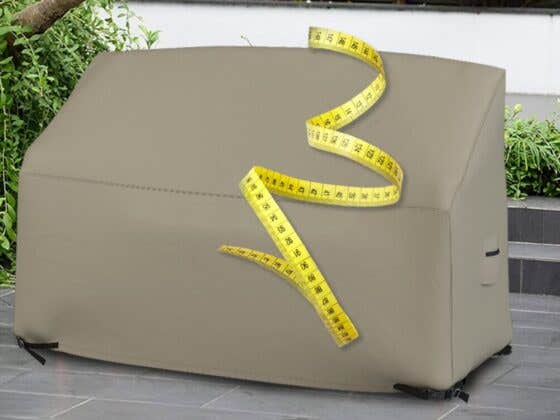
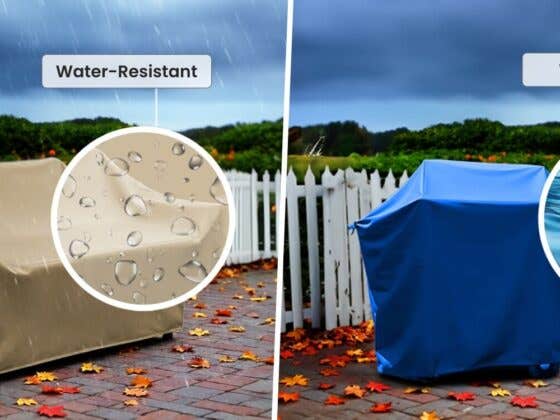

Recent Comments